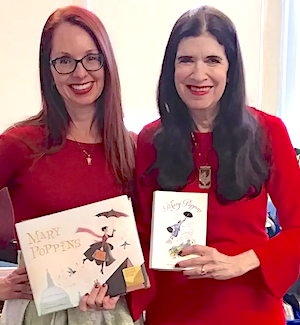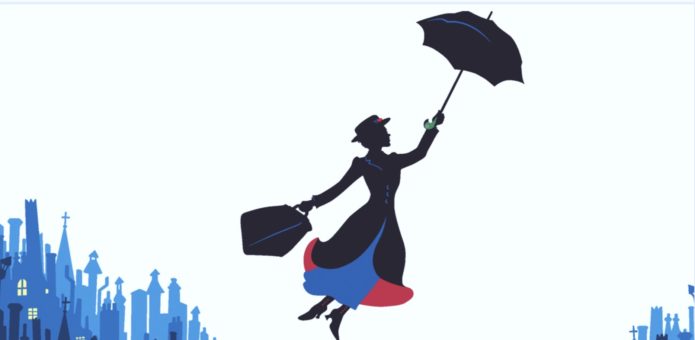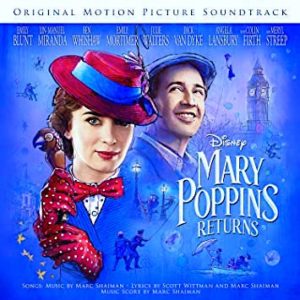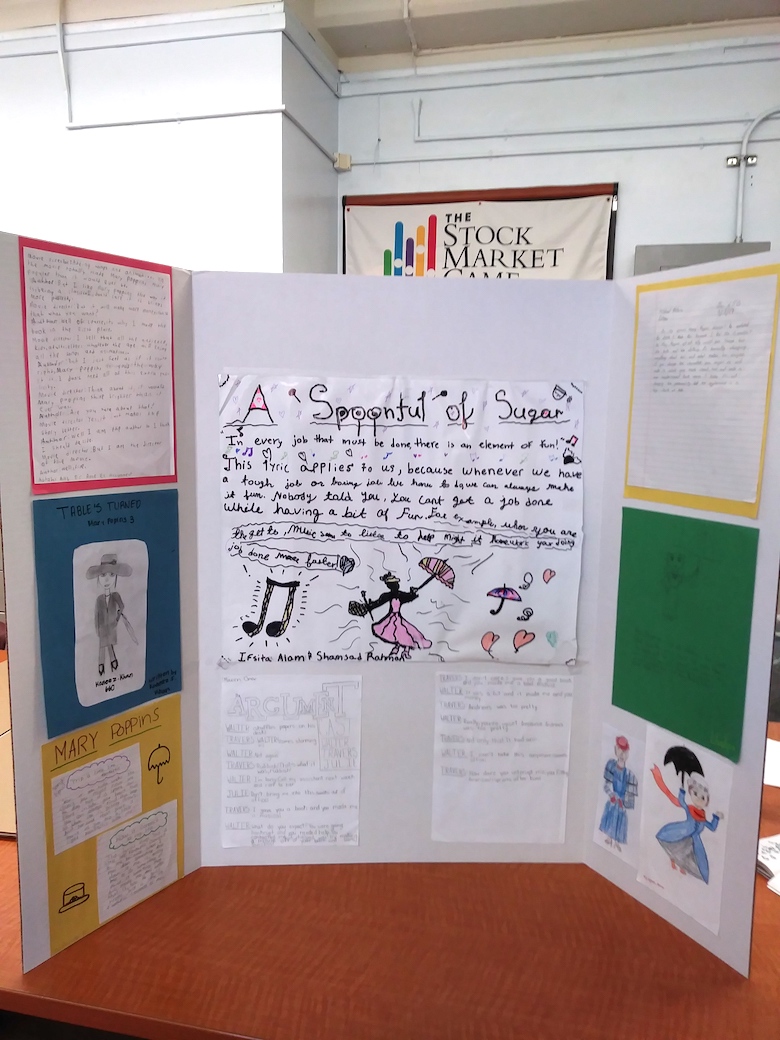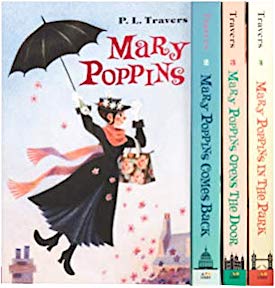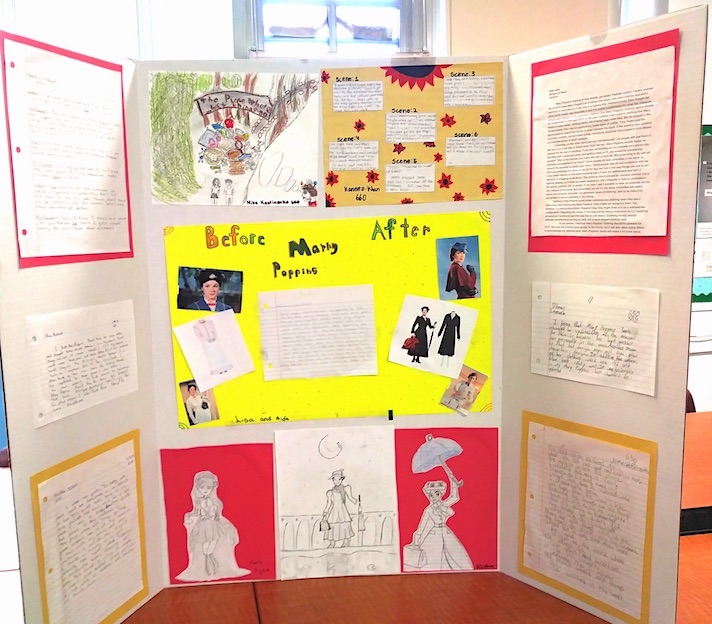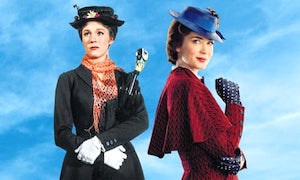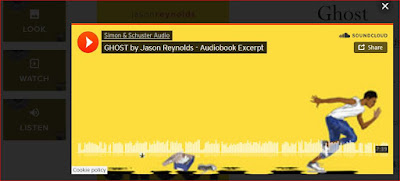Often, in their enthusiasm to present activities whose
goal is the learning of technology skills to their classes, teachers lose sight
of how rich technology-based projects can also serve students’ needs for emotional
connection and self-understanding.
Many diligent technology teachers and their tech
using colleagues from across the curriculum follow a product-driven instructional
map, making certain that after a set number of sessions their students produce
a rubric-aligned product. This may be a PowerPoint presentation, a podcast
segment, an online video interview with a peer or teacher, or other product
variety from this growing portfolio of best practice, project-based activities.
While such products are what research-driven supervisors
and teachers can proudly use to validate success, as demonstrated by
performance tasks - D’Acquisto, (2006), of their students’ technology skills,
the students miss a powerful opportunity to ocus on. and express their individual
identities and selves, as well as their cultural and community backgrounds and
affinities.
While their learning products demonstrate mastery of tech skills, if
that is the sole focus, then the opportunity they represent to also foster self-defining
holistic personal reflection and discovery is left out of their experience.
Why Have an Instructional ‘Either/Or?’
Is there any pedagogical necessity for this favoring
of one set of learning goals over the other? Or is this simply a case of over
specialization, of purpose-driven myopia? Would getting the students to infuse
their own personal, emotional, and cultural experience into technology focused
projects derail the skills lists and accomplishments? Of course not! And very
likely, students would be better engaged, motivated, and focused to learn them
better.
Why focus at all on the students’ social and
emotional development if what has to be shown is taken to be exclusively the
tech skills taught for college. and career readiness? Why not simply leave the students’ personal
selves, creativity, cultural backgrounds and holistic development to the
English, Social Studies, and Health teachers. Afterall, that realm is theirs alone,
not that of the busy professional tech teacher’s. Or is it?
A Model of Best of Both Approaches Combined
At Ditmas IS 62 (a public middle school in Brooklyn, NYC), technology teacher, Angelo Carideo, teaches a class titled 'Technology Talent.' Mr. Carideo feels strongly that his students’ individual, cultural, community and creative identities are key entry points on which he can focus in order to positively impact the quality of his students’ technology learning, something accomplished through the tech products they create.
Currently, his goal is to provide in this class ongoing opportunities for students to engage in visual art, music, and dance learning and create showcase products and performances to present to the entire school community. He explicitly focuses on the need for his participating talent students to develop showcase products which reflect their lives, cultures, and concepts of self.
Projects for Tech and Self Discovery
Mr. Carideo teaches his students to use digital cameras
in order to record events around the school that reflect their own perspective.
They travel around the school finding stories, shooting interviews, and taking
photos of students and teachers who interest them. These become the raw
material for many of their project-driven tech products. Viewed more broadly,
they also represent opportunities to focus on identity and the factors that
shape and influence it.
The Arts are often biographical and the way they
manifest in the Tech Talent Class is a great example. Students are empowered to
choose the theme of the content they will produce. In fact, Mr. Cariedo frames the projects with
the caveat that the students have to work together in teams to determine the theme
they will address. This collaborative quality, too, offers opportunity to
explore the world of personal identity.
In one 7th grade class, for instance, the students developed
a very personal social issue theme that made for provocative podcast listening. What resulted was very authentic, something
that lead to high engagement and passion in the work of the students. So much
so that after expressing satisfaction with having dealt with a self-chosen
theme of a personal issue very close to their hearts and minds, they opted for
it not to be made public for the upcoming, school-wide showcase. This necessitated their redoing their podcasts
with content that would still interest them, yet would not be so personally
disclosing for a school audience of peers and parents.The students were happy to do this and learned valuable social/emotional lessons along the way.
Technology Teacher in Collaboration with
Core Curriculum Colleagues
A favored mode of project in Mr. Carideo’s class is for students to write and stage skits that the students will also shoot video of and then upload for web-based sharing and viewing by the school community. In developing this approach he realized that the nature and content of the skit project he wanted to assign was an area beyond his tech teacher expertise; he required insight into teaching the genre in order to motivate and inform the students.
A favored mode of project in Mr. Carideo’s class is for students to write and stage skits that the students will also shoot video of and then upload for web-based sharing and viewing by the school community. In developing this approach he realized that the nature and content of the skit project he wanted to assign was an area beyond his tech teacher expertise; he required insight into teaching the genre in order to motivate and inform the students.
He reached out to the school's literacy coach, who
ordinarily works with its ELA teachers. She supported him in developing a time
travel theme which would challenge the
students to decide at this young stage of their lives whether they wanted to
travel back in time to “fix” or change aspects of their pasts or travel forward in time to see their futures as adults.
Mr. Carideo was astonished at the raw, highly
emotional revelations in the students' notes to their past younger child
selves. These notes detailed things like
regret for not being kinder to dying grandparents or enjoying happy moments
with adults who had left their lives. The wisdom of some of these eleven year
olds in realizing that changing the past is not a good idea was also
noteworthy. The drawings the students
made prior to using the technology made the final, tech-based products that much
richer for the students emotionally. Having the art work to incorporate and add
emotional color enhanced their technology platformed projects considerably.
Another approach that Mr. Carideo favors involves
having his students discover the impact of global, cultural geography on their
lives. Aware that his Title 1 students have limited opportunities for travel,
Mr. Carideo showed them how to use Google Earth and online video research to
provide a setting for a fantasy travel 90 second, mixed-media video with voice recordings,
music, and Google Earth-derived background
images to present to a school assembly from the auditorium stage.
Mr. Carideo wisely began preparing his students to create
these showcase products by having them share geographic regions they had
visited as part of family “native homeland” summer trips and finding these online
as videos or maps or informational narratives.
The students enjoyed researching these sites and some other exotic ones
from their seats as a rehearsal for their own informational presentation set in
these sites. They would use the projection of their researched footage as a
backdrop for their sketch. The result of their passionate work on these
products included not only acquiring a handful of sophisticated technology use
insights and skills, but deeper understanding of their own backgrounds and
pride in sharing them with their community of peers.
For another project the literacy coach suggested
using a walk home from the school building, an experience shared by all middle
school students at this neighborhood school in Kensington Brooklyn. Google Earth
made the walk come alive and memorable for the students and, of course, added a
rich level of sensory data to their writings and visual art. These they drew on in creating podcast
readings of their writings about this walk- memoir.
This project supports the students in demonstrating spoken and written fluency; it’s an activity anchored in Jason Reynolds’s Look Both Ways. If this activity were presented purely to teach podcasting skills and use of Google Earth what would be overlooked would be the very meaningful focus on student individual school walks as an exploration of their personal and community lives.
This project supports the students in demonstrating spoken and written fluency; it’s an activity anchored in Jason Reynolds’s Look Both Ways. If this activity were presented purely to teach podcasting skills and use of Google Earth what would be overlooked would be the very meaningful focus on student individual school walks as an exploration of their personal and community lives.
It’s About How Tech Projects Reveal the
Personal, Individual Side of Students
Every successful tech learning program ultimately
needs to succeed with special needs and ESL learners. ITo ensure this Mr. Carideo
makes certain to get to know his middle school students as individual persons
and as talents. As an example, with a 6th
grade class, Mr. Carideo observed how one student, Jayson, was able to make artisan DIY
figures from pipe cleaners and yarn. Each
was vibrant and distinctive. Jayson was
able to talk about each of them. Mr.
Carideo had Jayson interviewed, as though he were a noted crafts artist, by a
peer holding a mike to whom Jayson explained, his process step by step, .
Mr. Cariedo found out that the class had studied the popular book “Wonder” with their ELA teacher. Accordingly, he had the students use, as their podcast topic, whether or not a student with cranial facial anomalies should be home schooled or not; in the book, the character Auggie has had 27 plastic surgeries, The students knew what being different meant in the context of the story and their own lives. Thus, a tech skills oriented project, by dint of carefully selected focus content, facilitated through cross discipline study and teacher to teacher collaboration,yielded a Social and Emotional Learning-rich experience for the students.
Mr. Cariedo found out that the class had studied the popular book “Wonder” with their ELA teacher. Accordingly, he had the students use, as their podcast topic, whether or not a student with cranial facial anomalies should be home schooled or not; in the book, the character Auggie has had 27 plastic surgeries, The students knew what being different meant in the context of the story and their own lives. Thus, a tech skills oriented project, by dint of carefully selected focus content, facilitated through cross discipline study and teacher to teacher collaboration,yielded a Social and Emotional Learning-rich experience for the students.
……………..

Angelo Carideo has been at Ditmas IS 62 for 17 years. He is part of the Software Engineering Program Team. This school year 2019 2020, he developed the new Tech Talent program that he teaches. Its goal is to use technology skills and tools as an integral part of producing showcase products tapping students’ talents and social and emotional learning abilities.
Ditmas Is 62 is a neighborhood intermediate school in Kensington, Brooklyn, NYC District 20. It has over 1,200 students enrolled - over 13 percent ESL students, in addition to special needs students and regular education classes. Each grade has enrichment classes. The school is a leader in SEP (Software Engineering Program, a NYC technology initiative) and has always focused on developing student talents. This is its first year to offer a Tech Talent class. There are over 1200 students enrolled at Ditmas.
Marielena Santiago is the Principal of DITMAS.
Olivene McIntosh is the Assistant Principal in charge of SEP.
............................................................................................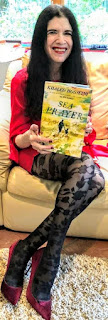
............................................................................................

Dr. Rose Reissman is
the founder of the Writing Institute, now replicated in 200 schools including
PS 191 in Manhattan, New York City. She is a featured author in New York
State Union Teachers Educators Voice 2016 and was filmed discussing ESL student
leadership literary strategies developed at Ditmas IS 62, a Brooklyn public
intermediate school. Ditmas IS 62 is under the leadership of Marielena Santiago
Principal and Michelle Buitrago AP. The Writing Institute Team are: Michael
Downes, Angelo Carideo, and Amanda Xavier.
Contact: roshchaya@gmail.com
Contact: roshchaya@gmail.com


